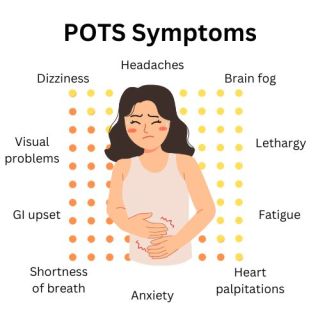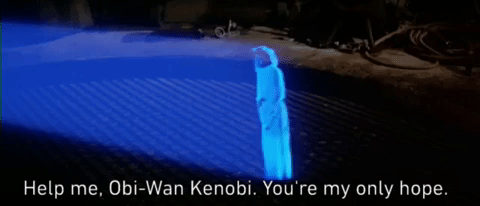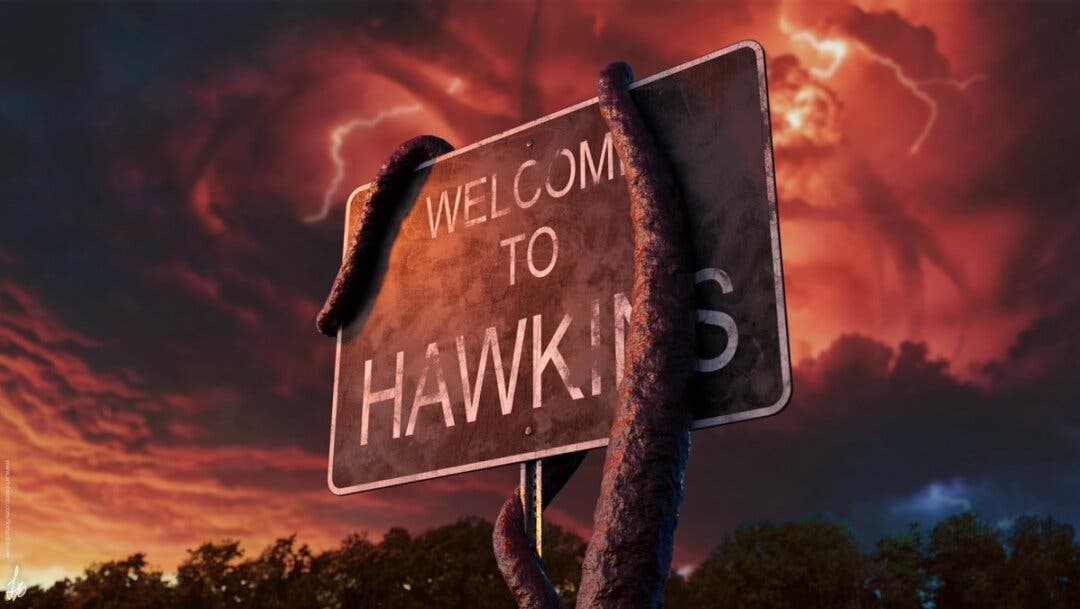 |
| Generated with Microsoft Designer |
My family, like many, has enjoyed the Netflix Series Stranger Things - which is now coming into its final (fifth) season. As I write the fifth installment of COVID reflections, I am wondering if this will be the last edition - or if we will keep going like the Fast and the Furious Franchise. Who knows, maybe I'll think of a prequel?
Recap (in the style of Friends)
- Season 1 - The one when the world stopped
- Season 2 - The one with a jab
- Season 3 - The one that gives you a boost
- Season 4 - The one which has the variants
The sirens have silenced. In May of 2023, the World Health Organization ended COVID's status as a public health emergency. In September of last year, the CDC called an end to the Public Health Emergency status.
We are transitioning from pandemic to endemic. This is somewhat of an ironic final destination since some of the early opposition to the COVID reactions was that this was "just another flu". In a way, they almost ended up being right. But there are also many many ways in which that was not true in the early days, and also many ways in which that is not true today.
COVID is still quirky - and still not that much fun. Often lingering for a long time, and can be fatal, despite developments in treatment and medicine like Paxlovid.
Now that the virus is no longer an emergency, this also means that a lot of the monitoring and tracking is winding down.
As we look to the future of the world where the virus has taken up residence, the questions and concerns are changing.
DECISION MAKING AND UNCERTAINTY
MORTALITY
At the beginning of the pandemic, we had no data about how deadly it could be. Now, we are getting more complete (although still sometimes sketchy) pictures of the final death toll.
COVID can be studied alongside other causes being monitored and tracked by those who are interested in these sorts of things. This would include governmental health organizations, health professionals, academics, and of course, actuaries. The prolific Mary Pat Campbell has a wonderful series of videos breaking everything down.
The top causes of death in recent history include heart disease and failure, cancer, and accidents. Breaking things down into different age groupings can produce somewhat different narratives. For instance, brain stuff affects the elderly more and overdoses claim younger lives.
Generally, the bigger of a killer something is, the more funding and attention it receives. COVID got attention initially due to its early lethality, which was partly attributable to its novelty among coronaviruses. As mentioned earlier, we've come a long way to dull the claws of the beast. Could we completely neutralize it as a death threat, or perhaps make it effectively a non-issue?
It will require research and research requires funding. Should that funding go to cancer? Should it go to figuring out how to grow a heart in a lab? There are no easy answers to this type of question.
For the insurance space, questions persist on how to reflect the COVID years in mortality studies. Will things ever look like they did before the virus? Will there be an impairment drag for a while?
Finally, cancer seems to be having a little surge, perhaps due to neglected treatments during COVID years. It will be something to watch.
MORBIDITY
Not dying seems like a good outcome, but does that guarantee a high quality of life? Not many people want to carry on filling up their lungs if every second of the day is agony.
COVID continues to create some malingering effects that are concerning. Some long haulers still have ramifications from an initial bout of the infection months or even years earlier. There is some documentation of heart issues related to both the disease and the vaccine.
Chronic illnesses become tricky especially if the body begins to have autoimmune reactions towards things. This world becomes nebulous. Doctors in this space seem to only focus on the most extreme types of cases. When people feel unwell, but the labs and tests can't point to what's wrong, it can create a long series of doctor hopping, pharmaceutical pursuits, and self-driven medicine. The alternative medicine world offers a lot of promise but there is also a ton of uncertainty, expense, and risk.
As an example, consider POTS. Cases may have doubled since COVID. And though the disease is not terribly common, seeing jumps like this are concerning. Many doctors are unfamiliar with treatment courses. Specialists have up tolong waiting lists. It's a messy world with no easy answers.
Mental health burdens come along as a secondary effect. Anxiety and depression can result for many reasons. This can further extend beyond those directly afflicted to their caretakers as well. The shadow of COVID is long and heavy.
THE POST COVID WORLD
COVID KIDS
In the initial heat of the outbreak, a silver lining was that COVID spared the young. Coming out of quarantines and lockdowns, we are starting to see that while they may have missed the virus, they didn't escape unscathed.
Outside of my day job, I coach basketball at the high school level. I also like to help out at camps for youth. I also volunteer as a scout leader. This gives me a lot of youth exposure. There are a few developments from COVID that give me concern.
- COVID cemented digital dependency. While the trend of having a two-year-old with a tablet predated COVID, the pandemic shutdown of schools really drove a lot more activity online. Kids found connections through virtual gaming, video calls, social networks, and messaging apps. In some ways, having this digital bridge to stay connected was and is an essential lifeline. However, the digital world feels different than the physical. There are elements of interacting for real that resonate much more profoundly in person than with a glass wall between you. Most importantly is developing an ability to scan for and react to social cues. There seems to me to be a deterioration in this skill. Furthermore, kids, in general, were given a good deal of autonomy with the digital babysitter. The degree of independence has created resistance to structured authority. Rules? What rules? Sometimes it comes in a rebellious fashion, but a lot of the time it is indifference.
- There is a wider knowledge gap that is setting back schools. It has become apparent that a lot of COVID kids have had a 6-18 month vacation and haven't yet made up for the lost time. At young ages especially, the learning curve is very steep, so a little bit of lost time can translate to a LOT of lost knowledge. Meanwhile, in a world with more YouTube content than the whole human experience, and the infiltration of chatGPT, learning models are changing. Coupled with teacher burdens there are a lot of questions about what kids are learning, where they are learning it from, and who is teaching them. This can be partially seen as a contributor to the recent rise in home education, which many families were forced into during the lockdowns.
The COVID cohorts will be interesting to study for years to come. The kids born today don't share the same disruption that the generation before them had. The only thing is, we are still facing declining birth rates. One of my predictions was that there was an outside chance that all that time at home could have increased baby-making activities, but it also may have spiked divorces. The evidence seems to show that birth rates were down, then recovered a little bit, but not to historic levels, maintaining a downward trend.
THE WORKING WORLD
The once fuzzy 'new normal' is now coming into clearer focus.
White Collar:
Some people are returning to sparsely populated offices, while others may never leave their homes. Either way, remote work is now a permanent feature of every white-collar institution. The landscape of benefits that employers offer to workers will continue to change accordingly.
Blue Collar:
The rest of the economy is faced with challenges that began in the early COVID years but have recently been exacerbated by global conflicts. Prices are up which is creating wage pressure on employers. Additionally, further advances in automation put pressure on certain industries. These kinds of challenges lead to frustrations, sometimes expressed in songs like Oliver Anthony's "Rich Men North of Richmond."
Thankfully unemployment seems to be in an ok spot. However, long-term labor supplies and immigration policies are hot-button political issues.
Medical:
Concerns around burnout continue. The long COVID, deferred care, and mental health issues will continue to drive strain on a burdened system. Meanwhile pharmacy business continues to boom.
A NEW HOPE
Yes, this is a Star Wars reference (which is another franchise that seems to be never-ending). Facing the imperial threat of the Empire, Princess Leia beseeched the assistance of the Jedi Obi-Won Kenobi.
This past year I have been fortunate to get involved in a grassroots movement to solicit help from the insurance industry to proactively try to prevent the deaths of a million lives. The group is called The Insurance Collaboration To Save Lives, and while the name is a bit of a mouthful, it does provide a clear definition of the group's purpose.
While there are no lightsabers, there are dedicated volunteers who are passionate about taking action to save lives. The initial focus centers on pushing life insurance companies to take a more proactive stance towards risk mitigation, encouraging testing and triaging their customers for heart health.
There is no doubt that collectively, humanity is still reeling from the huge punch in the gut from COVID that we are still trying to shake off. We have to continue to work to overcome tendencies to mistrust and isolate. We have to resolve to continue to try to come together. How can we make the most of our lack of commuting time? How can we take advantage of the proliferation of video chat to make connections across the globe? Where do we go from here? Can we save Hopkins?




No comments:
Post a Comment